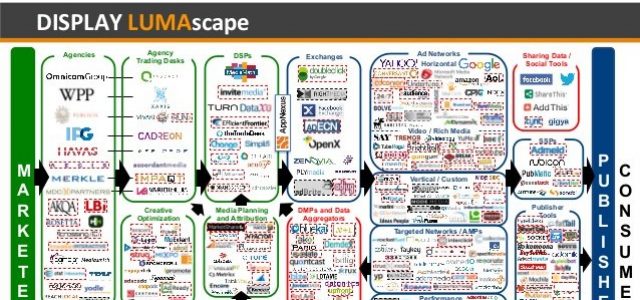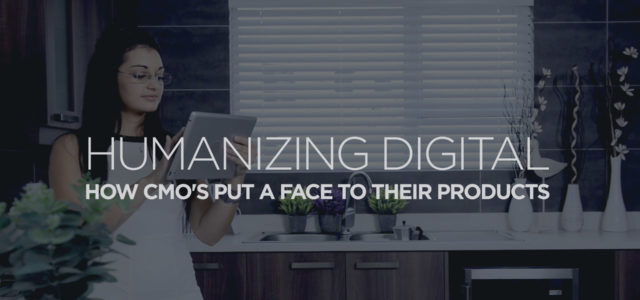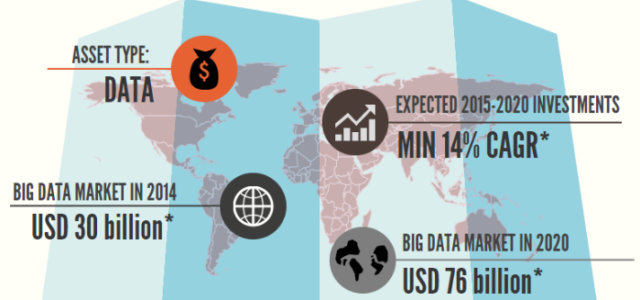Start with the customer and work backwards. It’s an approach famously championed by Steve Jobs and Jeff Bezos. But when it comes to innovation, it’s the only approach that works. Anything less than 100% customer focus would just be a technology showcase which nobody asked for, wants or needs.
Take the proliferation of Internet of Things (IoT) devices with questionable usefulness. Do we really need a $400 wifi-enabled juicer? Especially when you can squeeze the juice packs by hand? And was the market crying out for a smart wine bottle where consumers have to constantly charge their beverage dispensers? I think not.
So rather than a technology-first approach to IoT (where you can proudly say: “We Put A Chip In It”), we’re now seeing a welcome return to empathic design. This user-centered approach means we start by finding solutions to real problems that realcustomers have on a regular basis.
A good example of IoT that solves a genuine problem is 3Rings. It’s a smart plug which is installed in aging loved ones’ homes. The plug, which is connected to the internet, knows that your elderly loved one always puts her kettle on between 9:30 and 10:30 in the morning. If she fails to do so one day, it sends the family members an SMS so they can check she’s okay.
This niche example shows what’s possible if you think of about the customer and work backwards. That’s exactly what we need in payments: a shift change where we look at customer pain points, rather than look at what tech we can roll out.
We decided to identify our own specific consumer pain point, then looked at how our experience in payments could help. The problem we came across was something many of us have experienced: controlling spending on a night out.
Strangely, it’s a problem that’s been created by payments being too good. Think about it, the proliferation of contactless payments via our cards and mobiles (e.g. Apple Pay) means it’s never been easier to pay for items. This can sometimes lead to overspending, especially when you’ve had too much to drink… And after talking to customers, we realised overspending when drunk was a real issue. In fact, further research revealed half of UK drinking age millennials have spent money while under the influence and regretted it. That’s why we decided to do something about it.
Introducing DrnkPay, the world’s first mobile payments system which stops people overspending when they’re drunk.
Launched today, it’s an app that connects the user’s credit and debit cards to an internet connected breathalyser or biosensor wearable so it knows how much they’ve drunk and limits certain purchases, if they’ve had too much.
Once you’ve hit your self-imposed limit, the app will lock your card and prevent you making further payments. It’s up to you whether to block all payments, or just certain ‘weak points’, such as takeaways, clubs, or that flight that seems like such a great idea at 4am.
Most people laugh when we tell them about DrnkPay for the first time. However, it quickly dawns on them that this is an innovation which could come in pretty handy. If not for them, people they know who are partial to a few G&Ts.
Seeing people’s faces when they understand the power technology has in solving real pain points is magical. It’s something that’s only possible by starting with the customer and working back towards the technology.
It’s time to forge a new era of banking and payments, forget the tech and focus on the customer.
If you’re interested in finding out more, come and join us for a drink at London Tech Week on Thursday 15 June. You can register for the event here
Article by channel:
Everything you need to know about Digital Transformation
The best articles, news and events direct to your inbox
Read more articles tagged: Featured, Internet of Things, Wearables







